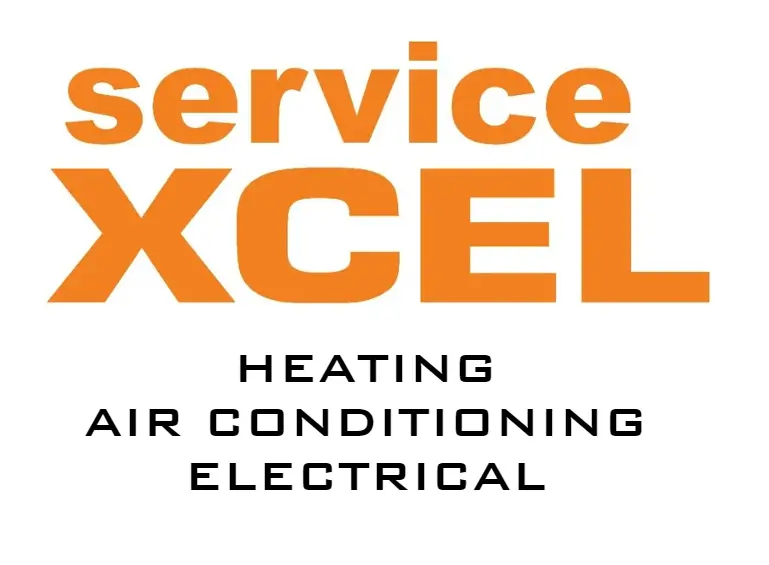Electrical, as many industries often do, has gone through many iterations of what is standardized. The first Canadian Electrical Code came out in 1927, with the aim to have regulated standards for electrical installations.
Did you know that the Canadian Electrical Code is updated every 3 years? This means it’s important to stay up to date with industry changes. As an electrician myself, I routinely check Technical Safety BC for information bulletins, safety orders, and directives from our provincial electrical authority (Technical Safety BC). With new technologies such as electrical vehicle charging, and smart homes, it’s important that the industry adapts to the changing needs of Canadians.
At one point in time silver was used for wiring homes, and gold is even still used today for fine electronics onboard NASA shuttles. Silver is an excellent conductor of electricity, but it’s not practical, as the cost is significantly more than copper or aluminum. In the 1960s and 1970s aluminum was used in many new homes being built, being a much cheaper choice than copper.
Aluminum is still allowed in homes today, but more precautions are taken to address the problems that aluminum poses. Being much more prone to oxidization than copper, aluminum will corrode over time, creating poor contact between the wire and the devices; this can cause a plug to have intermittent problems with power or stop working all together. Aluminum also expands and contracts over time due to the heat created when electrons flow through the wire, over an extended period of time this can cause the wire to contract smaller than the terminal that it is attached too, creating an air pocket in between, more simply understood as a loose connection.
In electrical we don’t ever want space in between our wire and a terminal, we always aim for good contact between the two. A gap in between means the electrons will arc to make their way across, this arcing creates heat and over time this can cause a fire.
One solution to this problem is to have a qualified electrician check the receptacles in your home to see if you have aluminum connections to your receptacles. Using modern connectors that are rated to have aluminum and copper together, we can remove the aluminum and safely have copper terminated to your receptacle.
A quick inspection of your home’s electrical panel can tell us if aluminum wiring is run throughout your home. The good news is that we don’t need to open up your walls and run new wires, at ServiceXCEL we have solutions that address the concerns of older wiring, without a complete overhaul.
Contact Us
Aluminum wiring is just one of the things we look for when doing our whole home electrical inspections. As a qualified Red Seal FSR-B Electrician, I also have other red flags I look for when looking over your home’s electrical system. A whole home inspection is a great idea for new homeowners or for those who have lived in their home for a while and are curious about their system and its potential.
Written by Korey Hardie; Journeyman FSR Electrician, ServiceXCEL, March 2024
Check out more on our Electrical Page, or call now for a free quote for your next electrical project or need!

